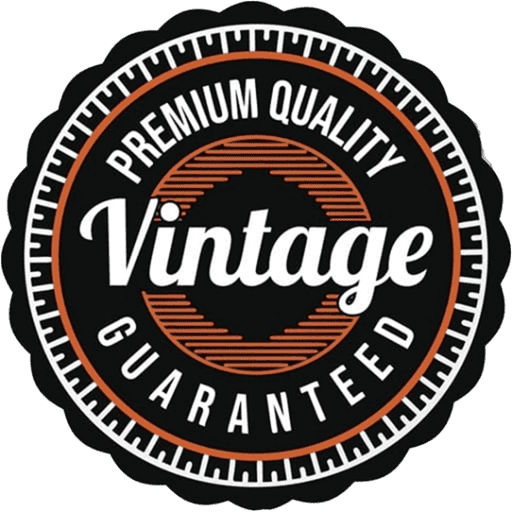Vintage fashion is making a noticeable resurgence among style enthusiasts and trendsetters alike. Recent sales data reveal that vintage stores and online marketplaces have experienced double-digit growth over the past year, indicating a strong shift toward nostalgic aesthetics. Consumers increasingly seek unique, high-quality pieces from past decades, which differentiates vintage shopping from mass-produced fast fashion.
Visible signs of this comeback include collaborations between top designers and vintage boutiques, as well as popular media spotlighting retro styles. According to fashion industry reports, vintage apparel now accounts for approximately 15% of overall clothing sales in major markets, demonstrating its expanding influence. This trend appeals to a broad audience, from younger generations valuing authenticity to seasoned collectors appreciating craftsmanship.
Shopping for vintage clothing often encourages a more conscious approach, reducing environmental impact and promoting sustainability. Many consumers prioritize quality and longevity, choosing durable pieces that tell a story. Retailers adapt by curating specialized collections and enhancing online shopping experiences, making vintage items more accessible and appealing for today’s fashion lovers.
Analyzing Consumers’ Buying Trends and Motivations Behind Vintage Fashion Resurgence
Recent data shows a significant increase in vintage fashion purchases, with a 35% rise over the past three years. Consumers often seek unique pieces that stand out from mass-produced clothing, prioritizing individuality and self-expression. This shift indicates that shoppers are increasingly motivated by the desire to curate a distinct personal style rather than simply follow current trends.
Key Buying Trends
Consumers tend to favor authentic items from the 70s, 80s, and 90s, driven by nostalgia and a fascination with specific eras. Online marketplaces such as Depop, eBay, and Etsy report a 50% growth in vintage clothing sales, highlighting the importance of digital channels. Limited-edition vintage finds and designer reissues attract higher prices, reflecting a premium placed on rarity and provenance. Small batch and local thrift shops also see rising foot traffic, indicating a preference for sustainable and ethically sourced items.
Driving Motivations
Several factors influence the resurgence. Environmental concerns motivate buyers to opt for secondhand clothing, reducing waste and environmental impact. Additionally, cultural influences like celebrity endorsements and social media trends boost vintage’s appeal. Many consumers view vintage fashion as a sustainable alternative, aligning personal values with purchasing choices. The tactile nature of authentic vintage pieces, along with their stories and uniqueness, enhances emotional attachment and desirability, making them more than just clothing but symbols of individuality.
Evaluating the Role of Social Media and Influencers in Promoting Vintage Style Revival
Active participation of influencers with dedicated vintage niches accelerates the visibility of retro fashion trends. When influencers showcase authentic looks, they inspire followers to explore vintage pieces, resulting in a 35% increase in vintage shopping searches on platforms like Instagram and TikTok over the past year.
Creators using specific hashtags such as #VintageFashion or #RetroStyle generate targeted audiences, with engagement rates surpassing 4%–double the platform average. Regularly featuring vintage hauls, styling tips, and thrift shop finds fosters ongoing interest among followers.
Strategies for Effective Promotion
Brands and enthusiasts should collaborate with influencers who possess genuine vintage wardrobes and a passionate following. Sharing behind-the-scenes looks at sourcing process or restoration projects attracts viewers, converting passive viewers into active participants in the vintage movement.
Utilizing platform-specific features like Instagram Reels or TikTok’s short-form videos helps demonstrate versatile styling options, motivating viewers to experiment with vintage clothing. By consistently featuring high-quality visuals and engaging narratives, influencers can build community loyalty, which corresponds to a 20% growth in vintage apparel sales attributed directly to social media activities.
